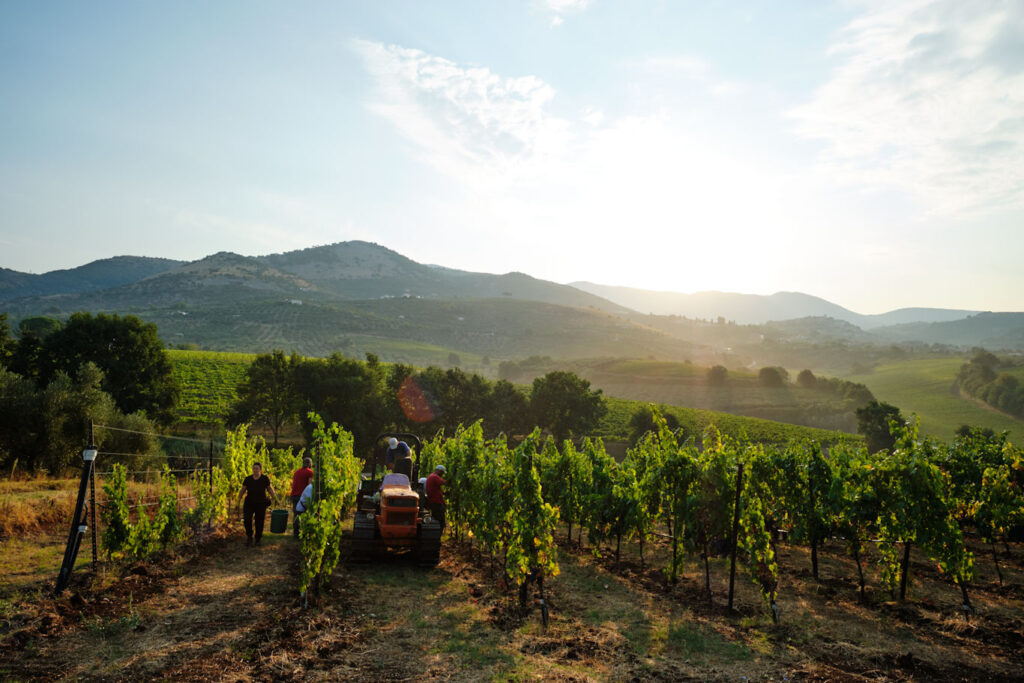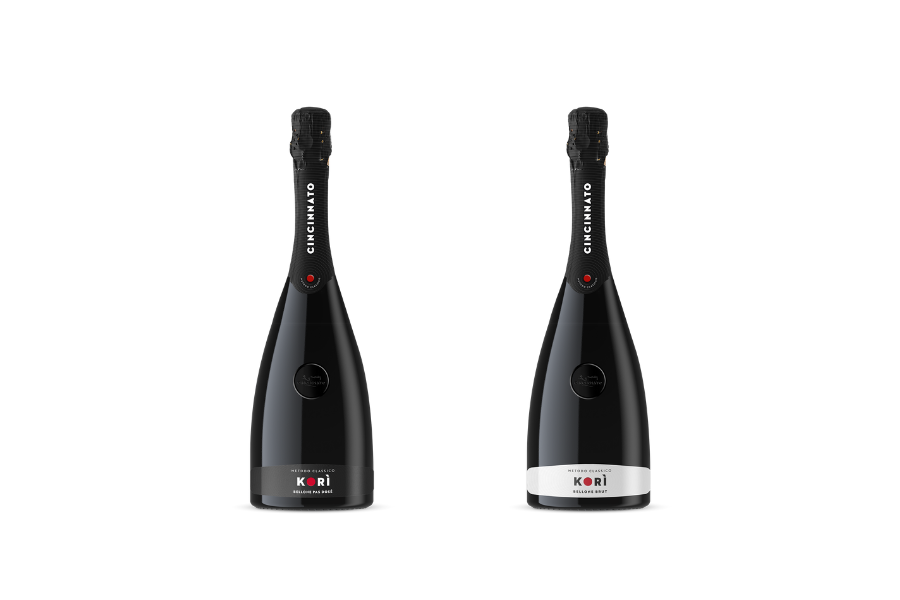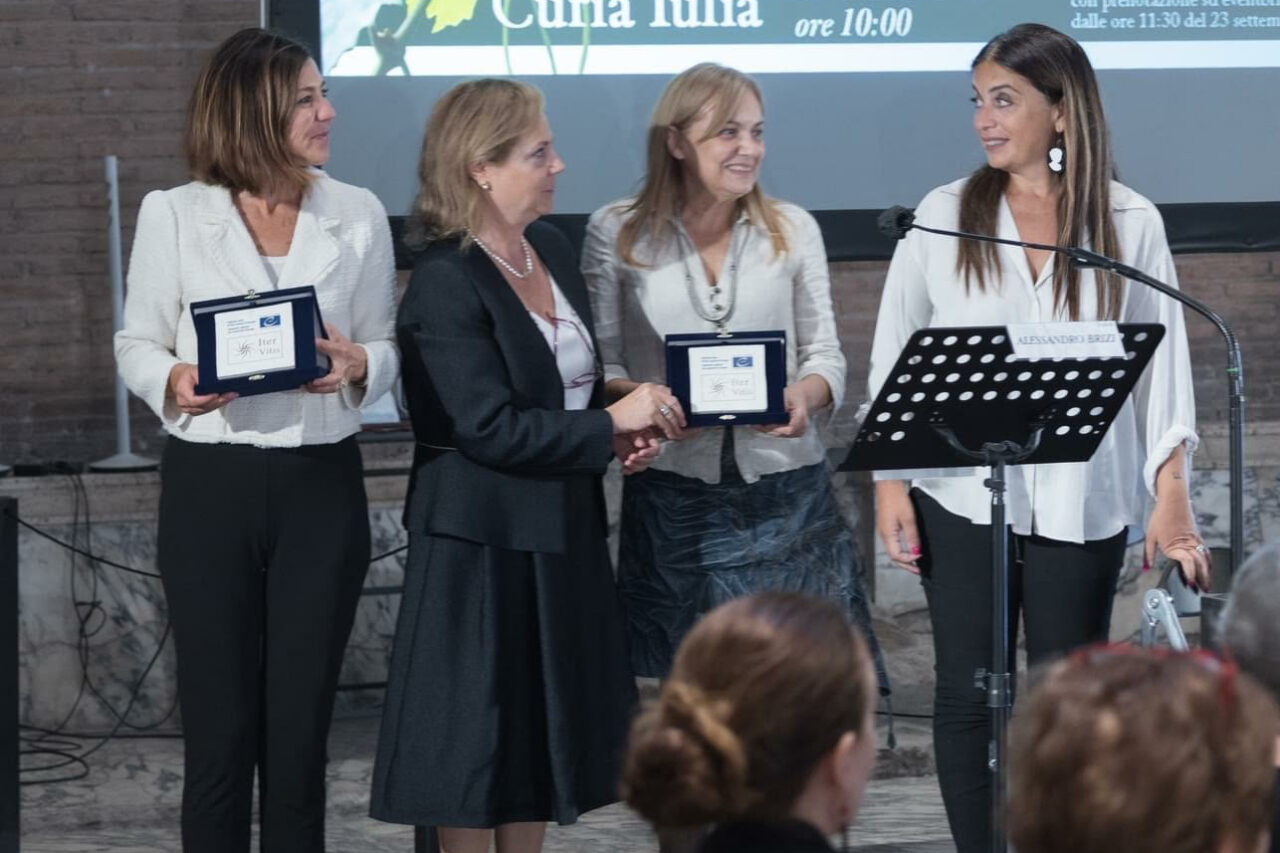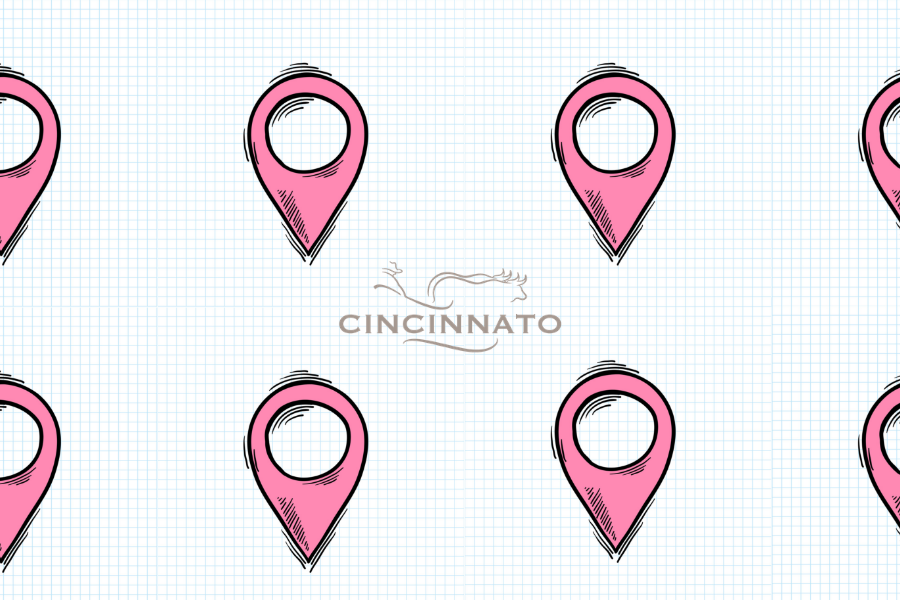In this article, we want to tell you about Cincinnato 2021 harvest – please enjoy the other articles of our wine magazine. A year characterized by extremely variable events, with peaks of high and low temperatures, while watr-wise the resources accumulated in autumn and winter, with the rainfall in spring, were sufficient. A troublesome start of the year, followed by a small rise in temperatures at the end of February which ignited vegetation reboot. Situation reversed in March, with a month end that led to the frosts of 7 and 8 April which affected a large part of Lazio Region but which did not involve us thanks to the hills which surround our tenures.
In May, there were limited, yet intense and stormy rainfall, as in June, as the anticyclone did not set in immediately. In July and August, a similar trend followed, with the summer anticyclone further south than usual in the Mediterranean basin, featuring a rise in temperatures and some water suffering. A heat wave, from 9 to 16 August was anomalous and above average. In fact, it should be noted that the rain was often accompanied by hail in different areas of the Centre but also in this case it did not affect the vineyards of Cincinnato.
The maximum temperatures were particularly high, with the minimum temperatures on the seasonal average. Thunderstorms in July made it possible to overcome the long summer drought.
By analyzing the various vegetative phases in more detail, 2021 winter is characterized by average temperatures and abundant rains, which have allowed us to accumulate a good water reserve in almost the entire Cincinnato territory. The spring showed temperatures that tended to be below the national average, yet the phenological development of the vines was everywhere regular, though it is worth to mention that the flowering phase began with 4-6 days of delay. The problems, in other areas of Lazio that fortunately did not involve our vineyards arose during the sudden drop in temperatures in April and the various frosts of 7, 8 and 15 April, with temperature dropping even below -4 ° C. In Cori, this thermal drop caused a vegetative delay that was not recovered later, despite the thermal peaks. Then, there were some important thunderstorms in July, together with the rise in temperatures and an extraordinary heat wave, reaching its peak in August, so much that values above 40 °C were recorded.

After the end of August, there was a good temperature range between day and night in various areas and a humidity rate that restored the water balance, improving the conditions for the final ripening of the grapes.
The first grapes were harvested in the last week of August to produce the classic method sparkling wine. We then resumed the harvest starting on September 6 with the Bellone grapes, continuing on September 13 with the Malvasia del Lazio, and last but not least with the Greco grapes.
With regards to the red grapes, on 22 September the first grapes of Nero Buono were harvested, in the first week of October those of Cesanese and finally in the second week of October those of Montepulciano.
The sanitary state of the grapes was in any case good, with important levels of quality that reached considerable peaks. Medium alcohol with phenolic ripeness which could be particularly interesting also for red berried wines; good aromatic potentials of white berried grapes.
Quantitatively, the harvest was in line with the average historical productions. A good harvest that you can taste in our beautiful Wine Resort. We invite you to visit us!






